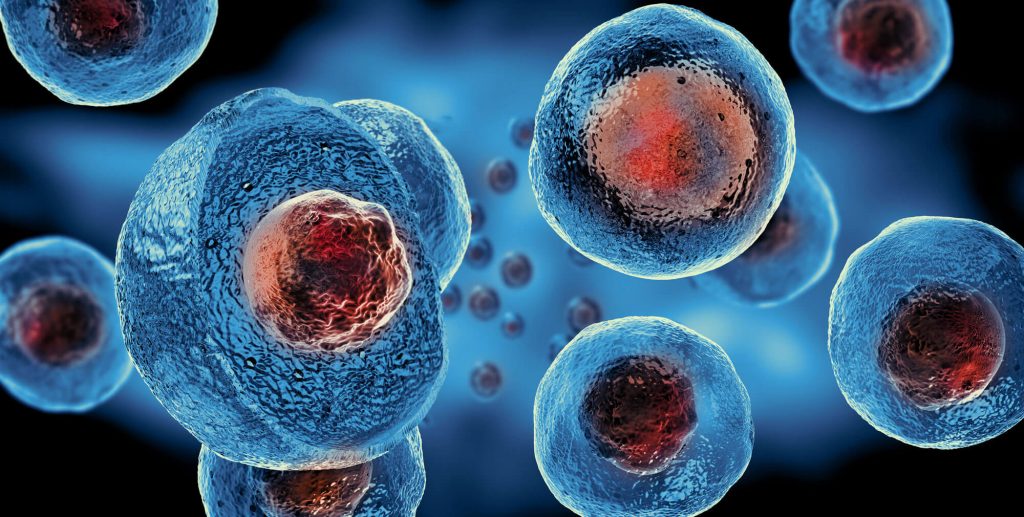STEM CELL/PLASMA THERAPY

About Stem Cell Therapy
Doctors can use stem cell therapy to treat a wide variety of muscle injuries, chronic arthritis, soft tissue damage and back pain. Stem cells are the body’s “master cells.” They have the ability to develop into many different types of cells, and they assist in regenerating or replacing damaged cells throughout the body.
During a stem cell therapy procedure , a doctor will extract stem cells from the patient’s own body and inject those cells into the injured tissue. (Note, since PRP and stem cell therapy are autologous, they eliminate the possibility of disease transference and rejection.) The process is minimally invasive and can help treat or cure a number of issues from erectile dysfunction to neck pain.
PRP 101
Blood is composed of four main components: plasma, red blood cells, white blood cells, and platelets. Unsurprisingly, platelet rich plasma has a much higher concentration of platelets (about 5-10 times greater) than blood. PRP is beneficial for regenerative purposes because platelets contain natural sources of growth factors, as well as proteins and cytokines that stimulate the healing of bone and soft tissue. As such, PRP promotes cell repair, which in turn can lead to decreased inflammation and reduction in pain.
A PRP procedure consists of four stages:
- First, the doctor will draw some of the patient’s own blood.
- Second, the blood is spun in a centrifuge, which separates different components of the blood.
- Third, the doctor modifies the PRP formula to suit the needs of the patient.
- Fourth, the PRP is injected directly into the injured tissue.
On its own, PRP may be an effective treatment for acute conditions –– like sports injuries. This is one reason why some high-profile professional athletes have chosen PRP treatment as an alternative to surgery. PRP is often inappropriately used to address chronic issues, such as habitual joint pain. For chronic pain, it’s recommended to use stem cell therapy or stem cell therapy in combination with PRP.
Services
Contact Us
-
SPINAL PAIN AND REHAB MEDICAL PC BINOD SHAH M.D.
970 N. BROADWAY , SUITE # 310 YONKERS, NY 10701 - (914) 207-1161
- (914) 207-1162
- medrec970@gmail.com
